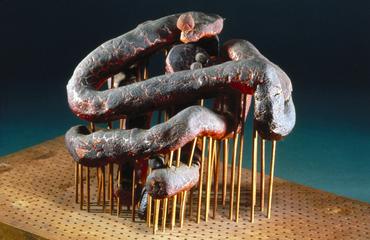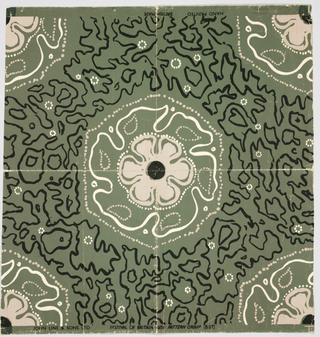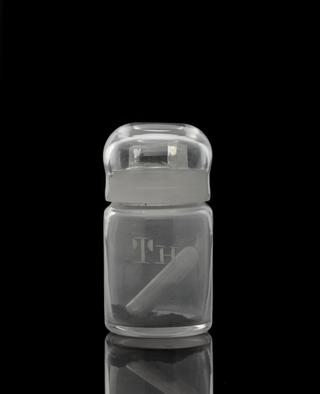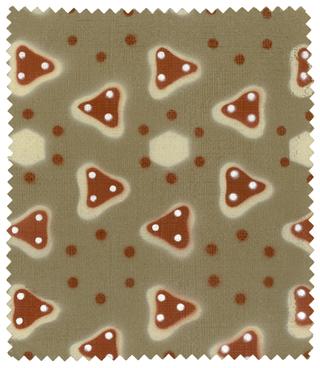
Bragg X-ray spectrometer, England, 1910-1926
- designer:
- William Henry Bragg




Original Bragg x-ray spectrometer, developed by William Bragg at Leeds University, 1910-1926
Developed by William Henry Bragg (1862-1942), a professor of physics based in Leeds, England, this X-ray spectrometer was used by him and his son William Lawrence Bragg (1890-1971) to investigate the structure of crystals. The Braggs developed new tools and techniques to understand crystals. Their research was the basis of ¬X-ray crystallography, a technique that was used to advance chemistry, physics and biology. The Braggs won the Nobel Prize for Physics in 1915.
Details
- Category:
- Experimental Chemistry
- Object Number:
- 1926-1021
- Materials:
- wood (unidentified) and metal (unknown)
- Measurements:
-
overall: 1000 x 500 x 1000 mm (approximate)
- type:
- x-ray spectrometer
- credit:
- The Royal Institution




